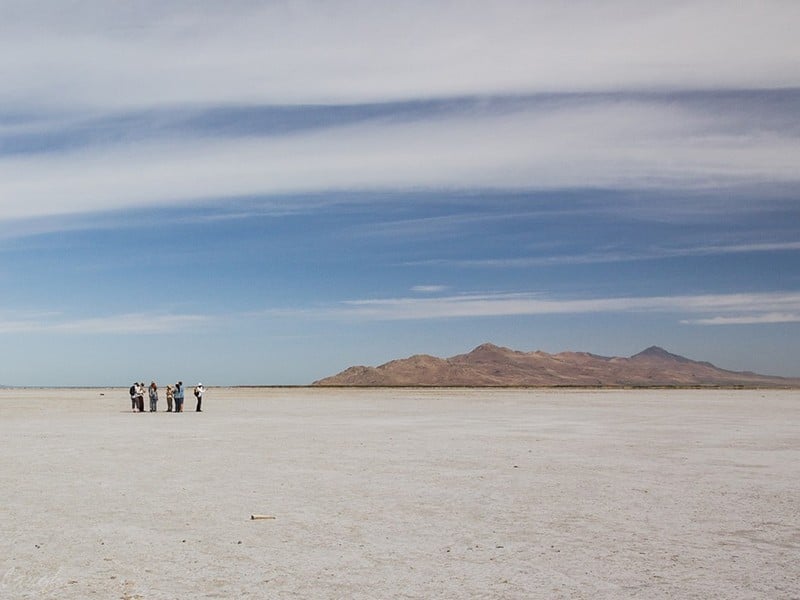Contact Us
Fill in the form below or you can also visit our contact us page.

I liked this article in The Guardian about the famous Salt Lake in Utah, USA, and how it is in decline. It starts with a striking photo which shows boat jetties left high and dry as the water level has fallen so severely in recent years. It goes on to present an explanation which should be of interest to many but especially students taking high school level geography. The first reaction anyone would have on seeing the pic is that drought is the problem. And this is true. But drought in the modern world often is not a purely natural phenomenon. In almost all cases we can see human inputs to the issue, both direct and indirect.
The direct factors relate to water extraction. When we overload drainage basins with people and/or industrial-style farming, we extract far more water than is available. It is a simple budget. If water out exceeds water in, then drought will follow. This extends the usual definition of natural drought as being a period of below average precipitation, as human drivers can cause drought even if precipitation stays normal. It can be hidden for a while if extraction takes from groundwater stores which were filled by rainfall thousands of years ago. But eventually, the store gets exhausted.
Indirectly, climate change is another contributor. The key word is “change”. Some places get more water others get less. And if precipitation goes down, chances are there was less cloud cover so evapo-transpiration went up. A double whammy that helps drive drought even faster.